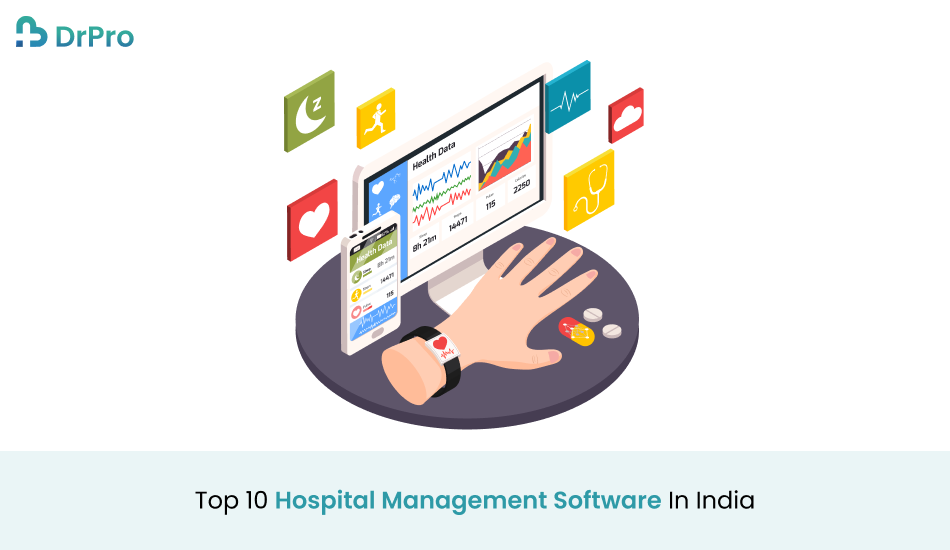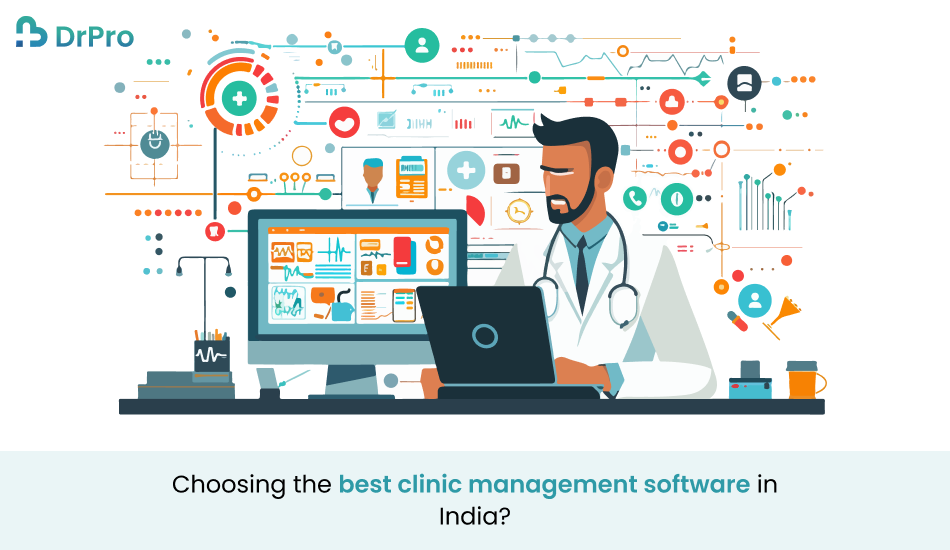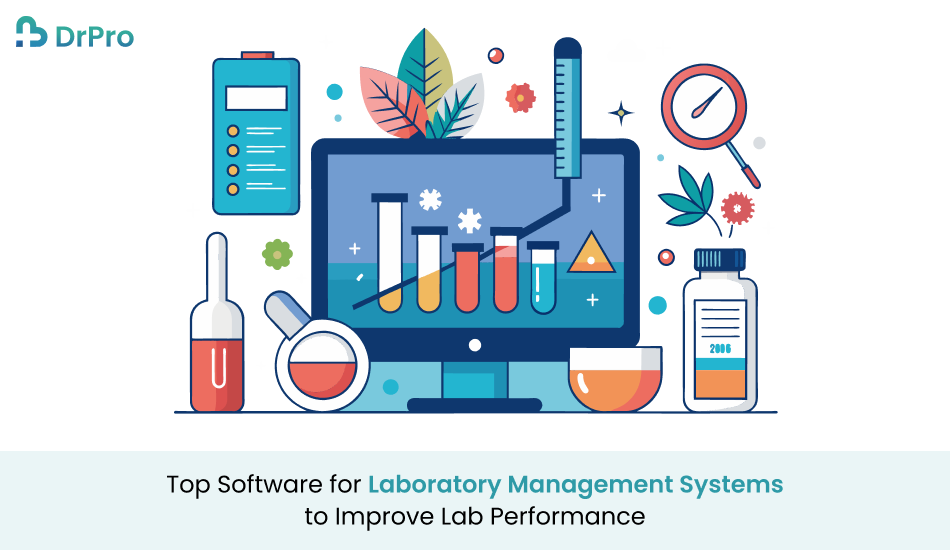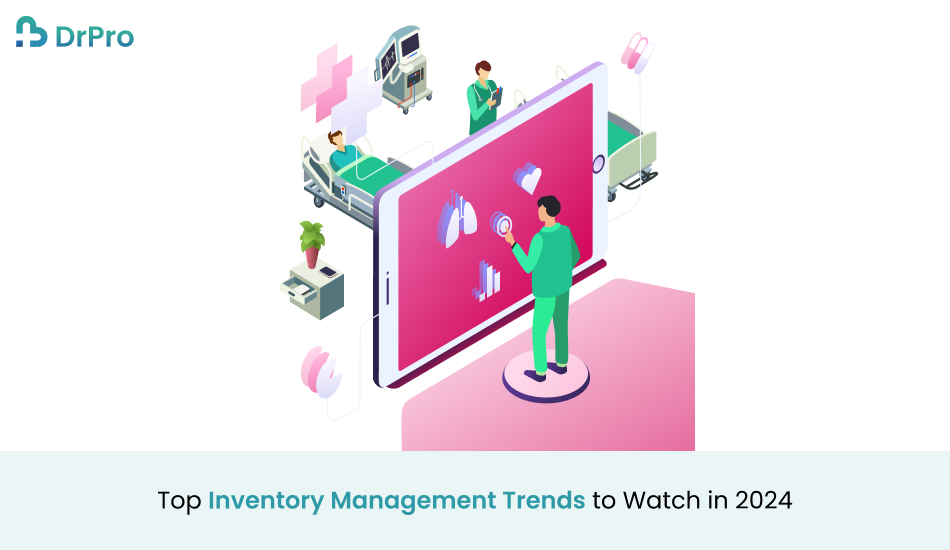Top 5 Actual Benefits of the LIMS System
Quick Summary LIMS System software or solutions are requirements in the current information-age laboratories since they support data management, compliance, and efficient laboratory procedures. This article describes the primary purpose of This software. It outlines the five primary improvements that optimize the performance of the laboratory and support data credibility, adherence to regulatory standards, asset utilization, and conjunction with additional related systems. Introduction Over time, the roles that laboratories play in industries are ever-becoming larger and so are the expectations for higher accuracy and efficiency in what laboratories do, which in the process implies getting better in the kind of systems that are put in place to support them and guarantee compliance with the regulations that reign in the market. LIMS System has therefore proved to be very crucial in meeting these objectives. A Laboratory management system is specifically built for samples, data, and workflow since most laboratories are in a position to deal with very complex issues. It outlines how in today’s ever-growing significance, the core importance overshadows other seemingly basic responsibilities of the LIMS System in handling data. It serves as a tool for the Laboratory to adapt, enhance, and control their activities, minimize mistakes, and boost performance. This article will explain the general and essential purposes of LIMS System and describe the list of the five real advantages a laboratory can get from employing this system. Function of Laboratory Information Management System A Laboratory Information Management System encompasses several essential functions that collectively enhance laboratory operations: Sample Tracking: The laboratory management system assigns numbers to samples received in laboratories and enables tracking of samples through the entire life cycle before reporting the results of the analysis. This helps in making sure that samples are well managed and that there cannot be a mix–up on the samples. Data Management: Centralization of data is made in LIMS System, thus information can be handled in laboratories. Since its data is in the past, it makes it easier to facilitate decision-making and analysis. Workflow Automation: As a result of automating some of the indispensable activities including data entry and report generation, the LIMS System relieves the workforce in the respective laboratory. This automation is effective in reducing workload and minimizing the chance of errors. Regulatory Compliance: LIMS also supports compliance with industry regulations by recording, storing, and archiving the records, audit trails, and documentation associated with laboratory inspections and audits. Reporting and Analytics: LIMS contains features that allow users to build reports and analyze data to enable laboratories to make meaningful conclusions from the information collected. Inventory Management: The physical management of supplies, reagents, and laboratory equipment is well managed by LIMS System. This function helps to confirm that stock levels are enough in that they check for expired product dates. Quality Control: Quality control about its function in LIMS System is the procedure for assuring and maintaining the accuracy and precision of tests conducted by the laboratory. User Access Control: It’s opens the possibility for laboratories to provide different types of user access so that only specific personnel can access specific information. This function has the effect of improving data protection and privacy. List of 5 Benefits That Come with LIMS Systems 1. Improved Efficiency Another advantage of integrating a LIMS System is the enhancement of laboratory productivity. Several procedures are automated enabling laboratories to execute tasks efficiently and effectively. The ILAC global survey showed that laboratories that adopted and used Software mentioned that it helped to cut down the time taken in processing and delivering test results by up to 30%. Here, the efficiency improvements discussed are in main features related to the decrease in manual work. For instance, it provides a capability that enables it to create and present the test outcomes and the report on its own, reducing time on entering data and performing clerical tasks. Also, this software enables proper planning of the resources such that the staffing of the laboratory and availability of the instruments are adequately done. Comparatively, the turnover is faster and this benefits clients and stakeholders because the laboratories are capable of offering accurate results. 2. Enhanced Data Integrity The purity of results is a key factor in laboratories and assuring that the results collected are correct is of paramount importance. LIMS automatically decreases some sources of error that are inherent in the manual collection of data. According to a report on the FDA, centers that employ DrPro‘s LIMS System notice a reduction of error in data entry by 40%. it can achieve this through features of automating data acquisition and validation. Every collected specimen is given an alphanumeric number; information is transcribed uniformly and without error. Further, any changes made to any data in LIMS System are tracked and recorded and a record is always available for any changes made to the data. This feature is particularly important for compliance with current legislation, as end-users can prove the precise results and compliance with established rules. 3. Streamlined Compliance Compliance with regulatory requirements is a continuous issue in laboratories even though laboratories that are established in various industries like the pharmaceutical and clinical research industries face particular challenges more often. eases compliance in that compliance features that support industries’ regulations such as GLP and 17025 are already built into it. A survey conducted among laboratories via Lab Manager revealed that 75% of laboratories using this software had found their labs benefited from the enhanced compliance to regulatory demands. With the help of this software, laboratories can create the needed documentation and reports for audits within the shortest time. Thus, the described processes can be largely automated, thereby freeing laboratories from a significant amount of work related to compliance. In addition, the internal compliance of LIMS assists the laboratories in keeping proper records to reduce non-compliance penalties. 4. Better Resource Management The use of resources is important in laboratories across the world, due to the need to ensure that the facilities operate efficiently. LIMS assists in tracking different laboratory infrastructural resources such
Top 5 Actual Benefits of the LIMS System Read More »











